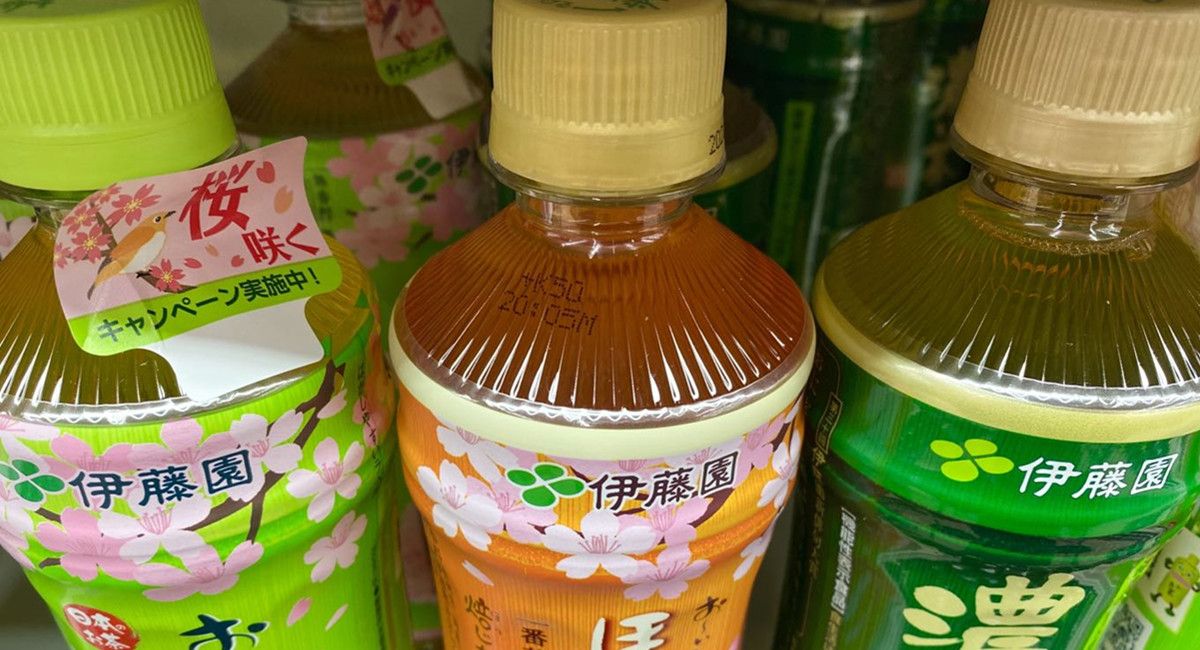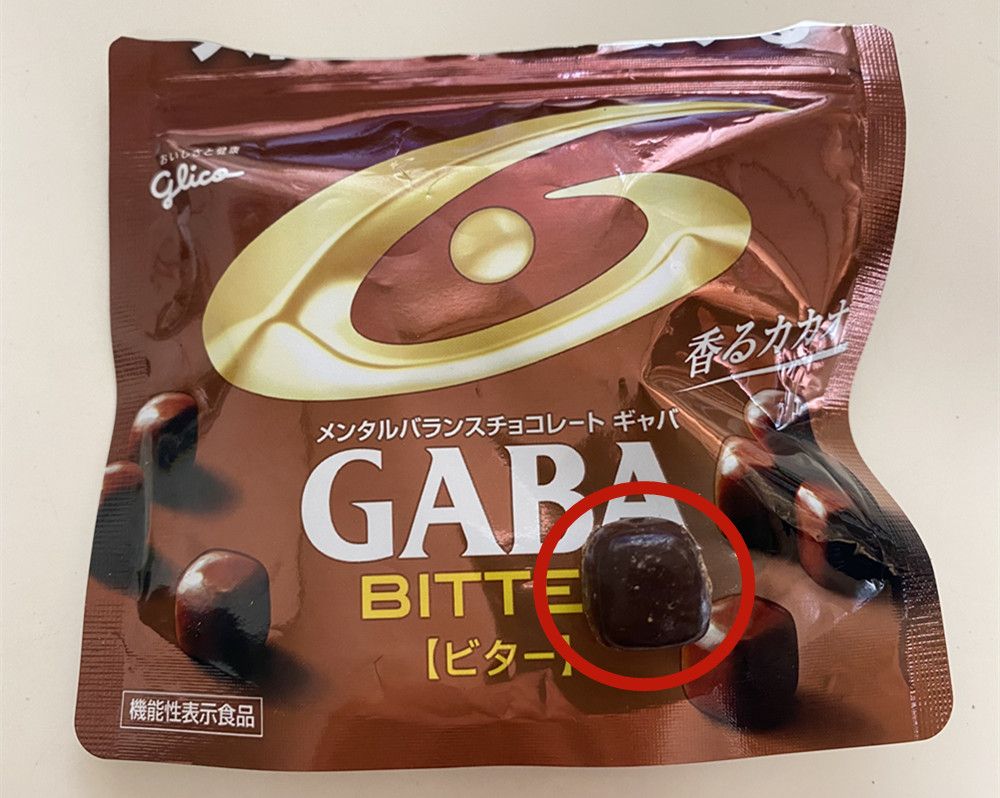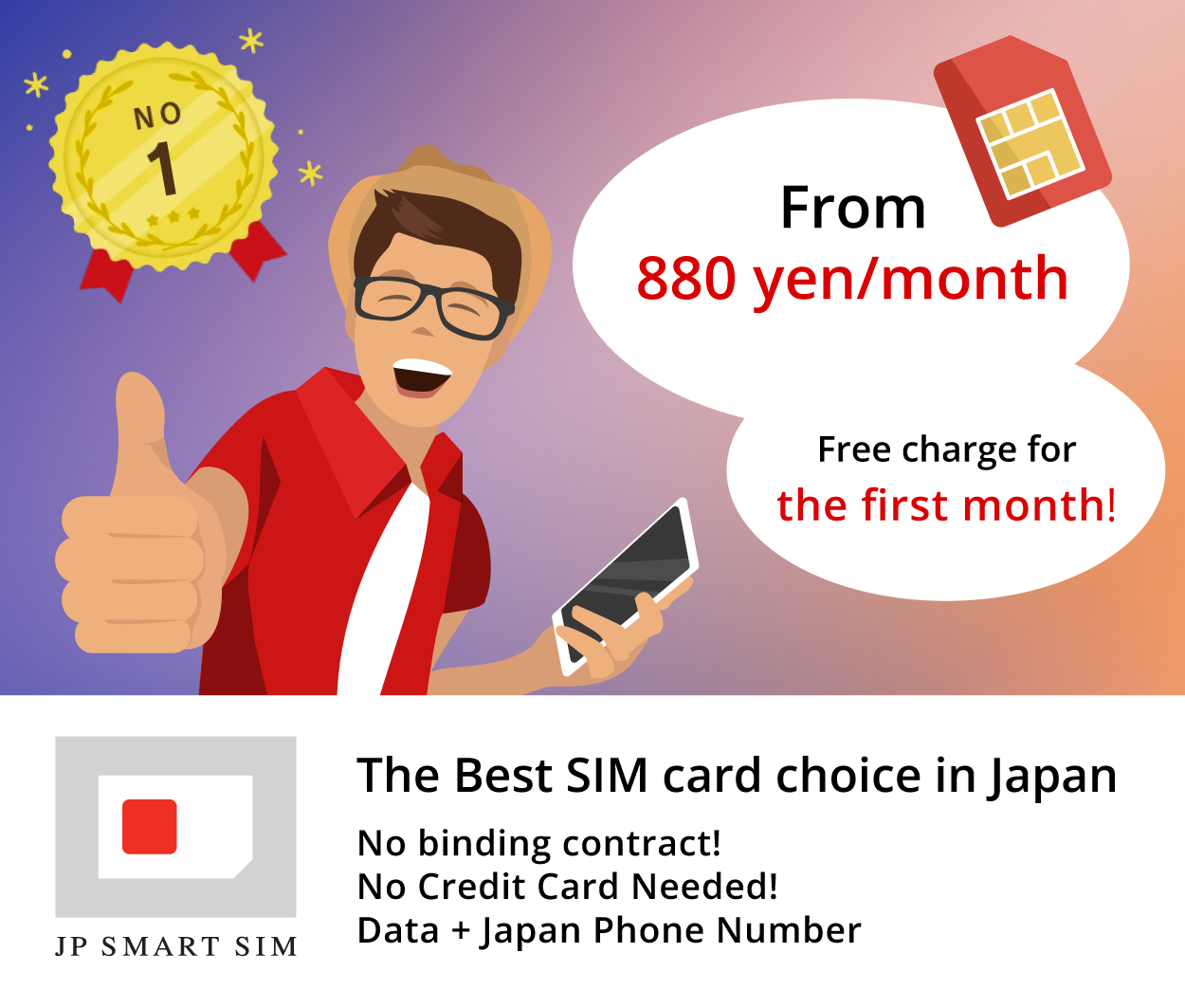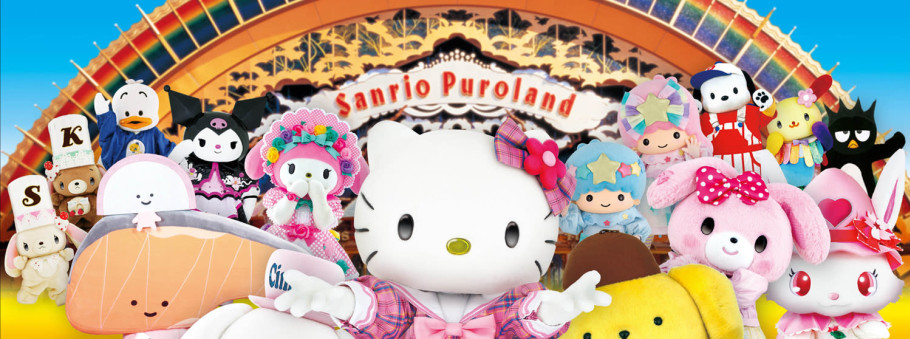Pinstripes on Itoen tea bottles
Have you ever noticed the many fine, serrated lines on the bottles of the famous Japanese Itoen tea? To be precise, there are seventy fine lines.

Maybe everyone thinks it’s simply packaging design, but it’s not that straightforward. Tea is very susceptible to deterioration due to the influence of light. These seventy fine lines can deflect light and therefore, avoid direct exposure as much as possible to maximize the freshness of the tea. In case you wish to buy a large quantity at once, it is better to choose bottles with this design.

What's inside is as big as the image on the package?!
It is quite useful to know this! Sometimes you may see some small snack packages that look very attractive, but you may wonder about the actual size of the snack. This kind of worry is unnecessary in Japan because most of the contents in the packet are the same, including size, as shown in the pictures on the packaging. For instance, on the Pocky packets below, you can see how fine the "extremely fine" is by looking at the image on the packaging.

Japan's popular treat Kinoko-no-yama (the real thing) is marked with a red circle in the middle below. Each mushroom is the same size as the picture on the package. Knowing this is very convenient as you can judge if a snack is suitable for a child just by looking at the picture.

Let’s take a look at this very popular chocolate sold in convenience stores and supermarkets. The same red circle shows the real object. The size of the picture is the same as the real object.

How to distinguish 100% pure juices
If you are pursuing a healthy diet, this is very useful for you. If you like 100% pure juice with no other ingredients, look for an image of a cut fruit on the package. For instance, the two below are both orange juice. The picture on the left is a picture of a whole orange, and the picture on the right is that of cut one.

The juice on the left is 21% while that on the right is 100% fruit juice.

If you understand Japanese and look at the ingredient list, you can also see that there are many other ingredients in the juice on the left.

Iemon tea with hidden elements
Iemon tea from Fukujuen in Kyoto is ubiquitous and well loved by Japanese as well as foreigners.

A simple bottle that offers many surprises! Tear the plastic wrapper at this point.

After tearing it apart, you will find that there are various Japanese folktale characters printed on the back of the sticker. On this bottle, you see the story of Kintaro fighting a big bear.

On the side of the bottle, there are different traditional Japanese icons indented including the Maneki Neko (lucky cat) and daruma. It's a pity that there are so many cute designs that you can't see without tearing the sticker. You can use your imagination and repurpose these bottles as a pot for a water plant or just wall decoration.

We hope this article inspires you to look and question all the tiny design details that make Japanese packaging so useful!
Download the Ikidane Nippon App: iOS / Android Let us know if there is something that needs to be fixed: Feedback Form






